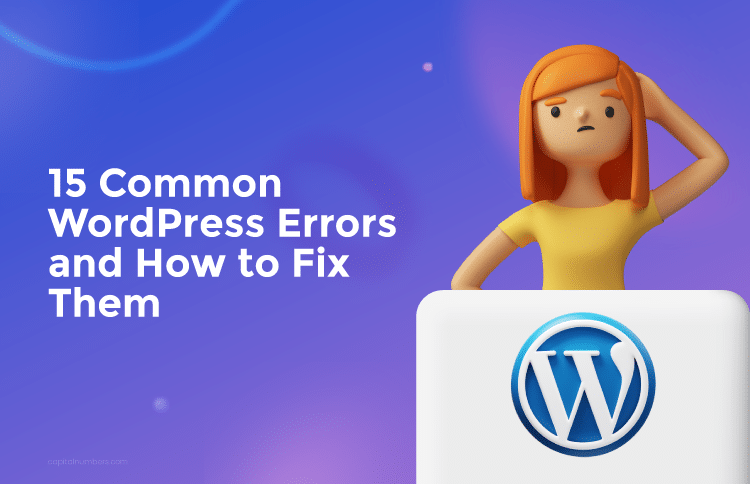How To Create An Effective B2B Site Experience For Your Brand
Table of Contents
In today’s world of digitization, having a website is a vital element of any business, irrespective of their size and services. If you have a business, you need to have a website. Since everything is online these days, being online should be considered as the ultimate opportunity to reach a large number of targeted audiences. But the conventional way of creating a website is now obsolete. What you should do is opt for a website that is user-friendly, informative and up-to-date.
According to a market survey, the most important things that customers look for on a website are pricing information, technical information, articles/case studies/blog posts and shipping information. However, below are some tips and tactics that will help you create a more effective B2B site in order to validate your brand and generate a site experience that is helpful for the users. Read on-
- Evaluate Your Own Field:
Many companies often forget the importance of doing internal as well as external research before redesigning or recreating their website. Internal and external research and competitive analysis are a must-have step before redesigning your B2B website.
- Site Analysis:
The next step to get a better and more user-friendly B2B website is site analysis since it enables you to understand the current position of your competitors. This will also enable you to get a better understanding of the online brand image of your competitor’s site. Check their brand pillars showcased, site structure and content. This research will give you an idea of what visitors actually want from your site. By doing research, you can improve your site dramatically.
- Keyword Analysis:
One of the most important things that you need to do for a user-friendly B2B website is keyword analysis. In fact, ranking the targeted keywords can directly affect the potential users to visit your site. Research the keywords of your competitors and find out which keywords are ranking high. This will help you make a better marketing strategy.
- Cater to Your Audience Group:
The B2B customers can be divided into two categories, some users are well informed and want a high-level validation of your brand, whereas, others are less informed, and they want to get a full understanding of products that are offered. Therefore, you need to make your website easily accessible, so that your meeting the needs of your targeted users.
- Google Analytics:
Google Analytics is an amazing tracking tool that helps in tracking your site metrics. It also enables you to understand the inner-workings of your website. With the help of this tool, you can get a quick insight into your site activity. By gaining the helpful data (bounce rate, session volume and average time spent on a page), you will get an accurate assessment of users positive and negative behavior.
- Highlight What Makes You Different:
In order to highlight your website, the most important thing you need to do are strategic messaging and content hierarchy. If you want to position your brand for the first time online, you’ll need further validation. Many companies, who have a minimal presence online, try to introduce and validate their brand. You may have seen cases where businesses have a high volume of product content and brand image. In doing this it is difficult to showcase and distinguish your business from others with only the strategic messaging and content. Here is where the importance of a value proposition page lies. It helps the users to discover and engage in key content quickly. This page can also be used as a marketing landing page for social media campaigns and SEM, in order to link users to valuable content.
These tactics will help businesses to optimize their presence online. You can simply try it to get the best online experience. Begin with these approaches today to create an even more effective B2B site for the future of your brand.














